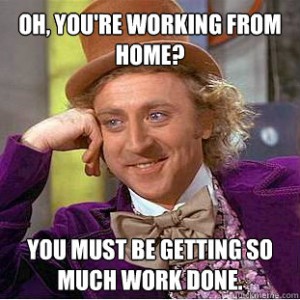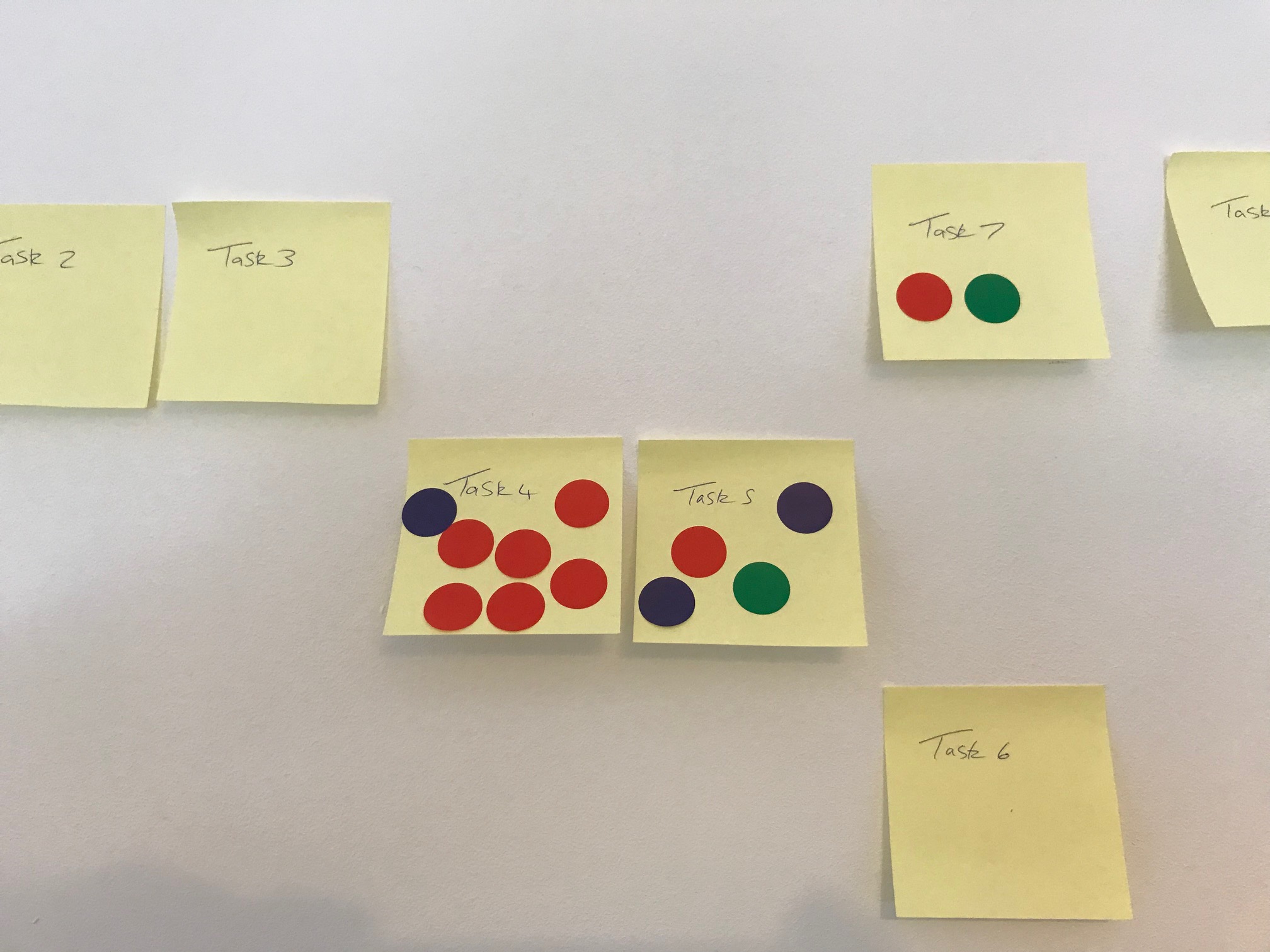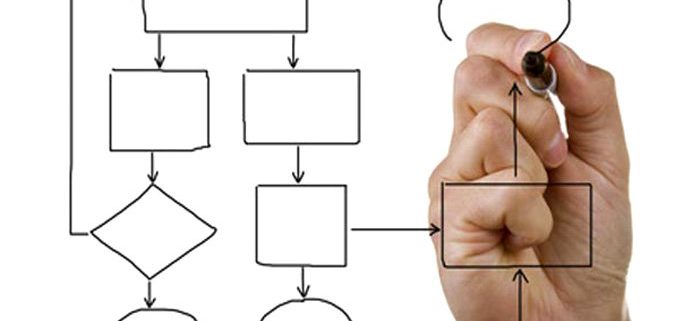HR Metrics – make the unknown… known
The world of HR has been banging on about HR metrics for years, but most HR departments still haven’t got any real measurements or performance indicators….. a survey of 4 questions to a hiring manager is not a key metric to determine if an HR service is performing!

In the HR world there is no standard day, because we are people, looking after people for people. As a result its easy to say “as long as our managers are happy, we are doing a good job”. HR Metrics, Measurements, indicators and statistics help us turn this randomness and unknown into a known. How can we know if we are doing a better job than last quarter if we have no benchmark? With all the projects and programs that we run, how can we ascertain whether there is a benefit and improvement?
Tips:
- Ask what your hiring managers, business and stakeholders want from their HR department and build your process around this
- Once you have your HR Service model/service break it down into measurable chunks and decide on what “good looks like”
- Validate this “good service model” by showing and explaining it to your stakeholders. a weekly 1-1 between an HRBP and a manager, may be the standard way of working, but it might not be what they are actually looking for. “well thats what our managers want”….. is it??? when was the last time you asked them?
- Once you have “good performance” modelled, measure how things stand today, this gives us our baseline and a point that we hope we will improve from
- Check in at agreed points to see how we are tracking, and in the spirit of continuous improvement tweak if necessary.
- Align HR Metrics and indicators to company values; this will ensure that the metric is accepted by the teams and is adhered to (e.g. a “program of company wide measurement” matches the company value of “continuous improvement” or sending out “customer satisfaction surveys” matches the company value of “listening to our customers”.
Issues:
Subjectivity and Bias – Make sure that your measurements are clean and can’t be bias, i.e. sending out customer satisfaction surveys to 5 out of 50 managers, that you know love you, that is not a honest reflection
Sufficient data – We need to ensure that we have enough data. If you only have 5 data points you can’t consider that an honest reflection; if you have 50 data points, and you are still showing the same trend, you have a stronger case, 500 points… you have concrete!
Analysing the data – There is no point having data, HR Metrics and information if someone isn’t going to analyse and report on it. The amount of times Ive created reports within a system, only to find that someone created the same report 12 months ago, and I could have had that info all this whole time!
Match the HR metrics – Analyse the data and trends against other metrics to see if there are relating patterns
For Example:
- Less Face time and more phone time between HRBP and HM = Higher manager productivity for both groups
- More metrics and Performance indicators = higher data input into HCM and data integrity
Change Management – Ensure that the HR Metrics are adhered to and people don’t “cook the books” by taking the relevant stakeholders on the change journey and ensure that they understand the reason for change and measurement. It doesn’t have to be about “keeping an eye on them” it can be about “making US better.”
Get measuring!
What ingredients make up the perfect recipe for a Lean HR process






 at do the training team need to set up on-boarding modules in the system etc
at do the training team need to set up on-boarding modules in the system etc
 Nowadays, many companies are beginning to look seriously at it, take PWC. The onus is on the manager to provide a business case as to why a role cannot be done remotely or flexibly.
Nowadays, many companies are beginning to look seriously at it, take PWC. The onus is on the manager to provide a business case as to why a role cannot be done remotely or flexibly. 2 different types of work on different laptops is a nightmare, or worse, emailing yourself back and forth.
2 different types of work on different laptops is a nightmare, or worse, emailing yourself back and forth.

 This is done without discussion, as we dont want strong and vocal characters to lead the witness. This will ensure that all attendees get an equal vote and say, and you will end up with a fantastic visual showing you where the issues are, democratically decided by the guys who are in the trenches doing the job. There is no point taking direction and solutions from the board or CEO as they often don’t know what is really happening. There main role is to ensure that the project is supported and the outcome and change is implemented and sticks.
This is done without discussion, as we dont want strong and vocal characters to lead the witness. This will ensure that all attendees get an equal vote and say, and you will end up with a fantastic visual showing you where the issues are, democratically decided by the guys who are in the trenches doing the job. There is no point taking direction and solutions from the board or CEO as they often don’t know what is really happening. There main role is to ensure that the project is supported and the outcome and change is implemented and sticks. 

